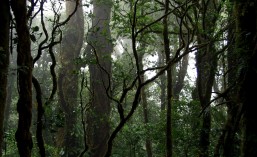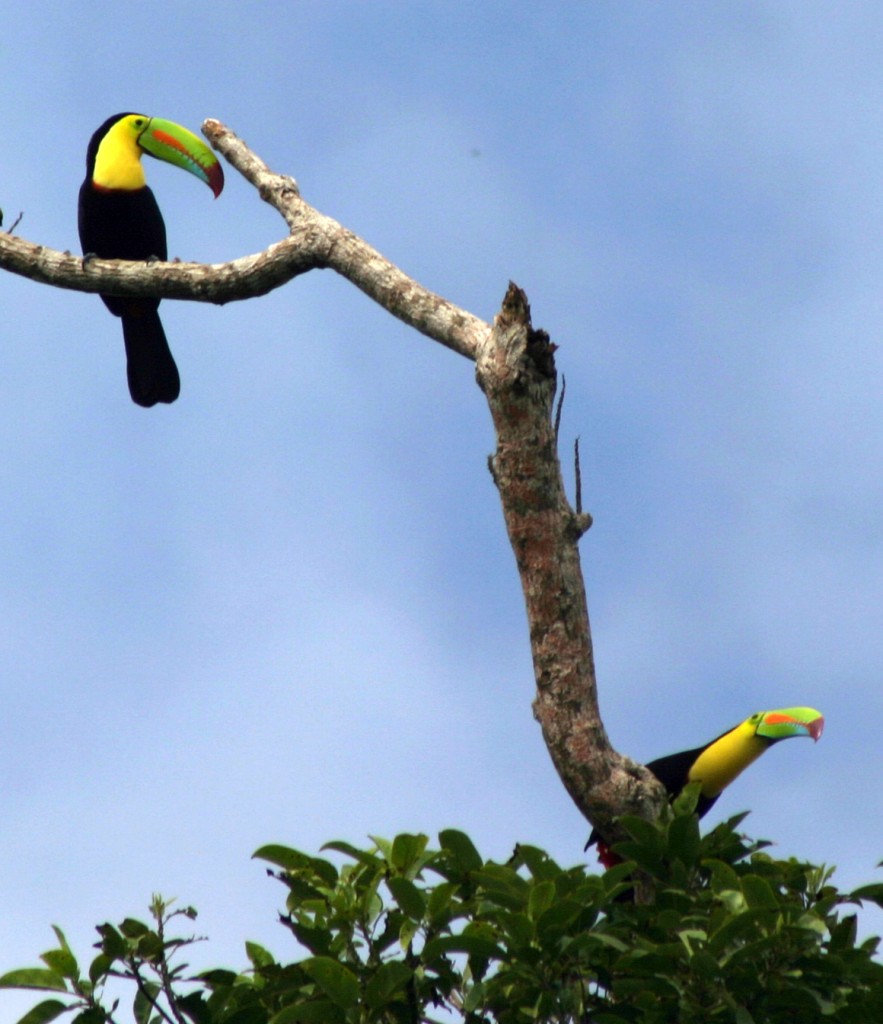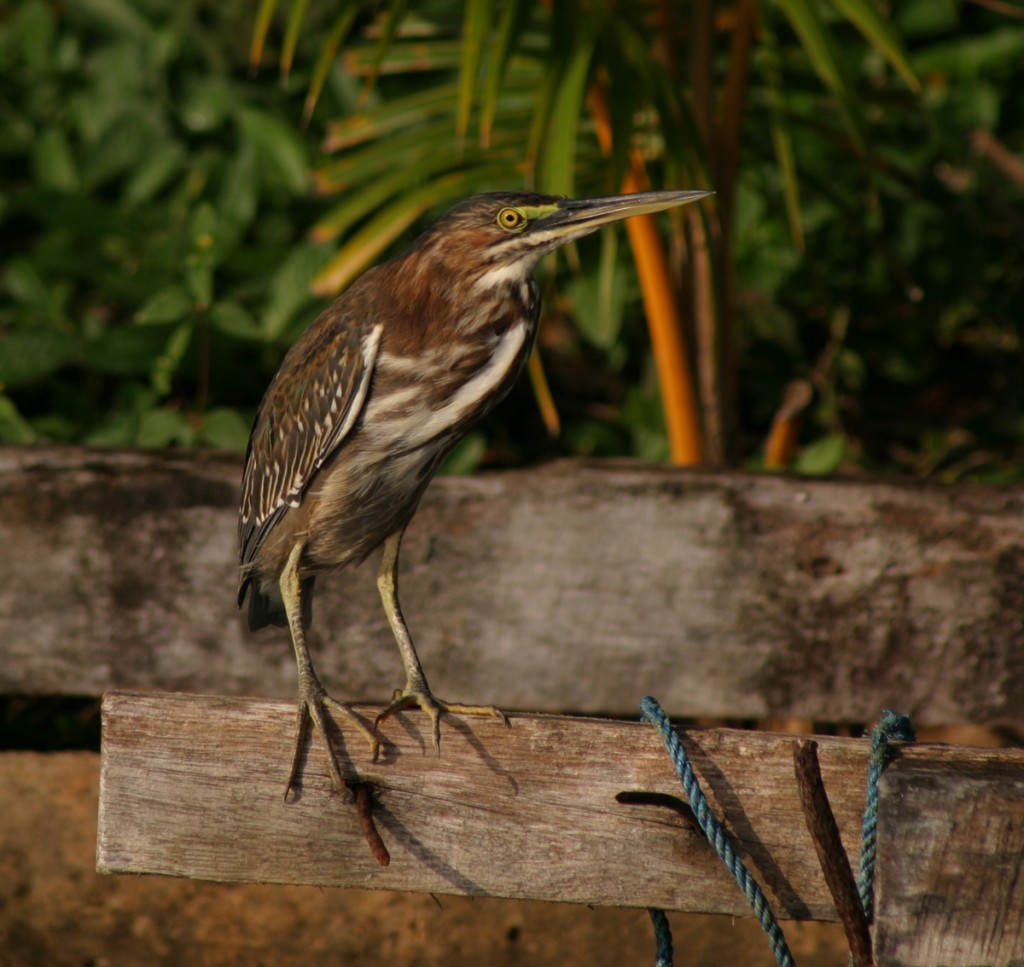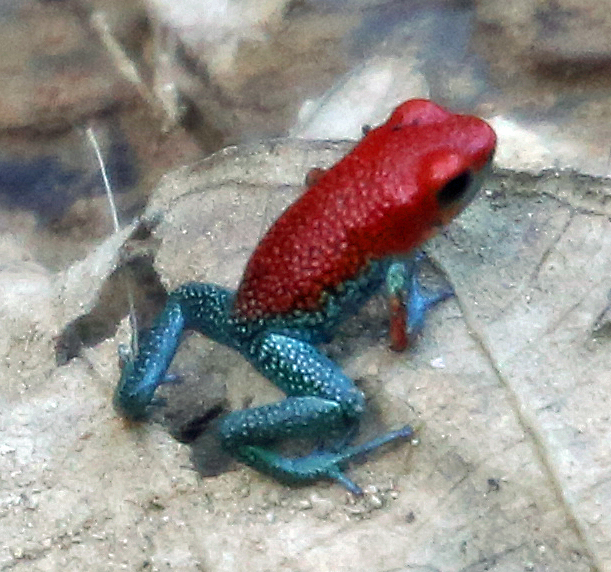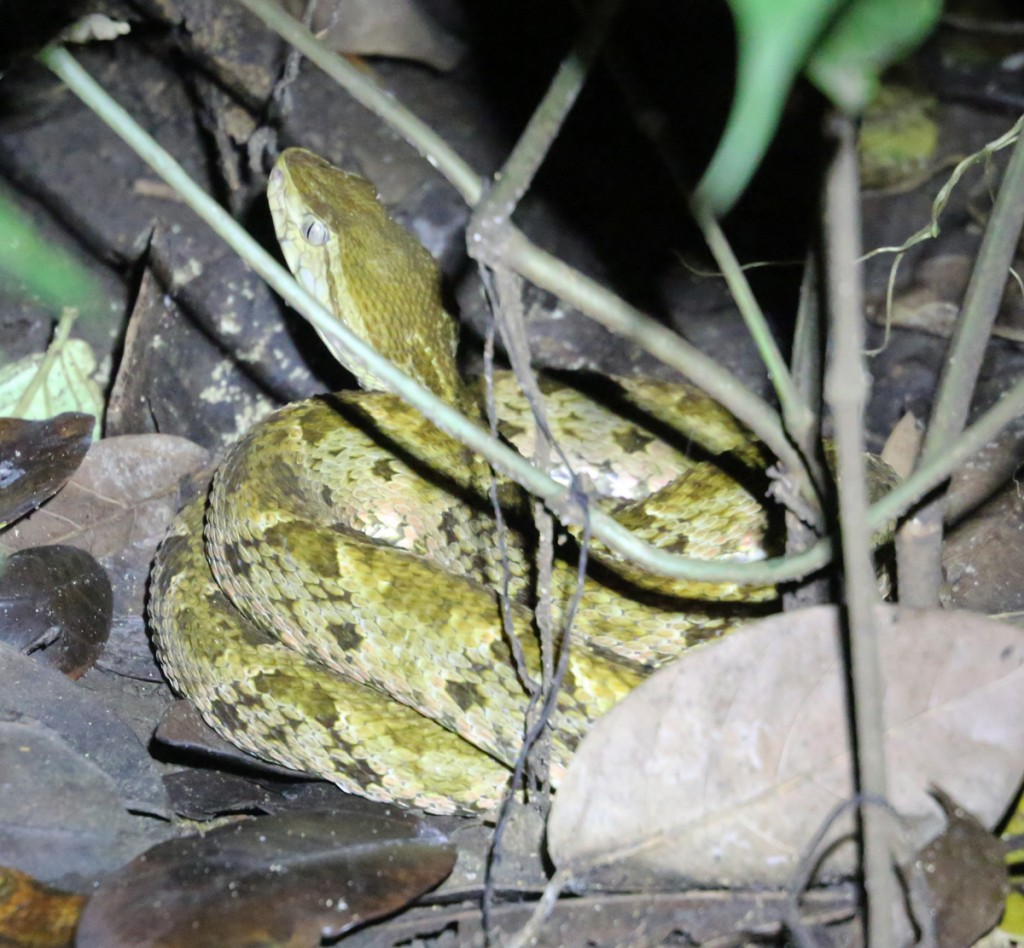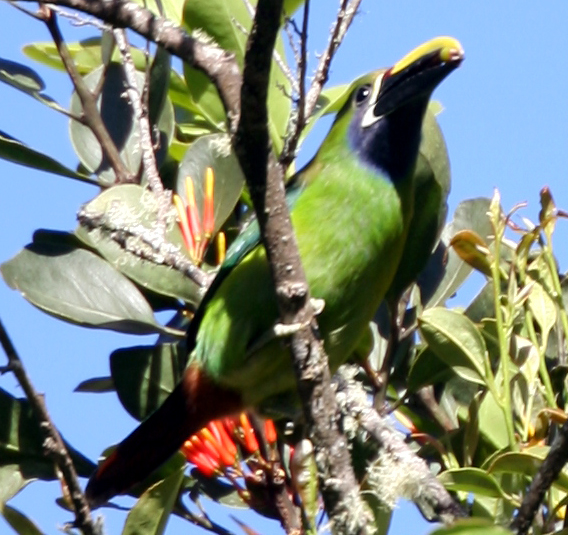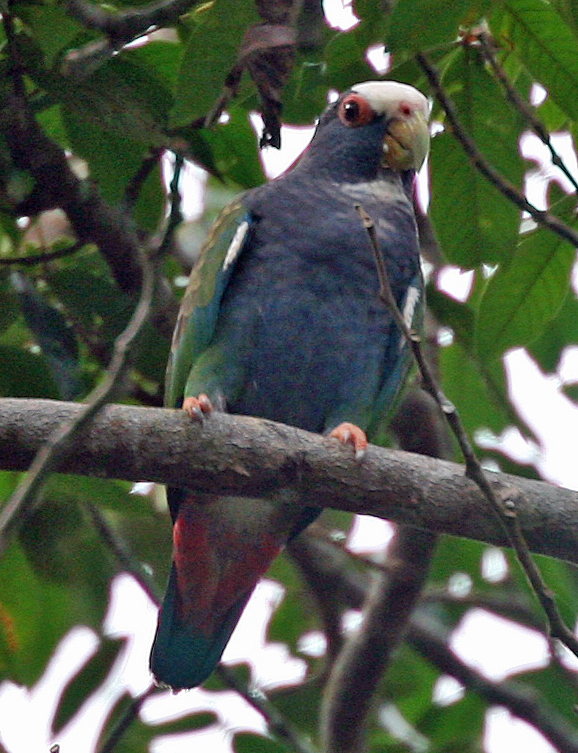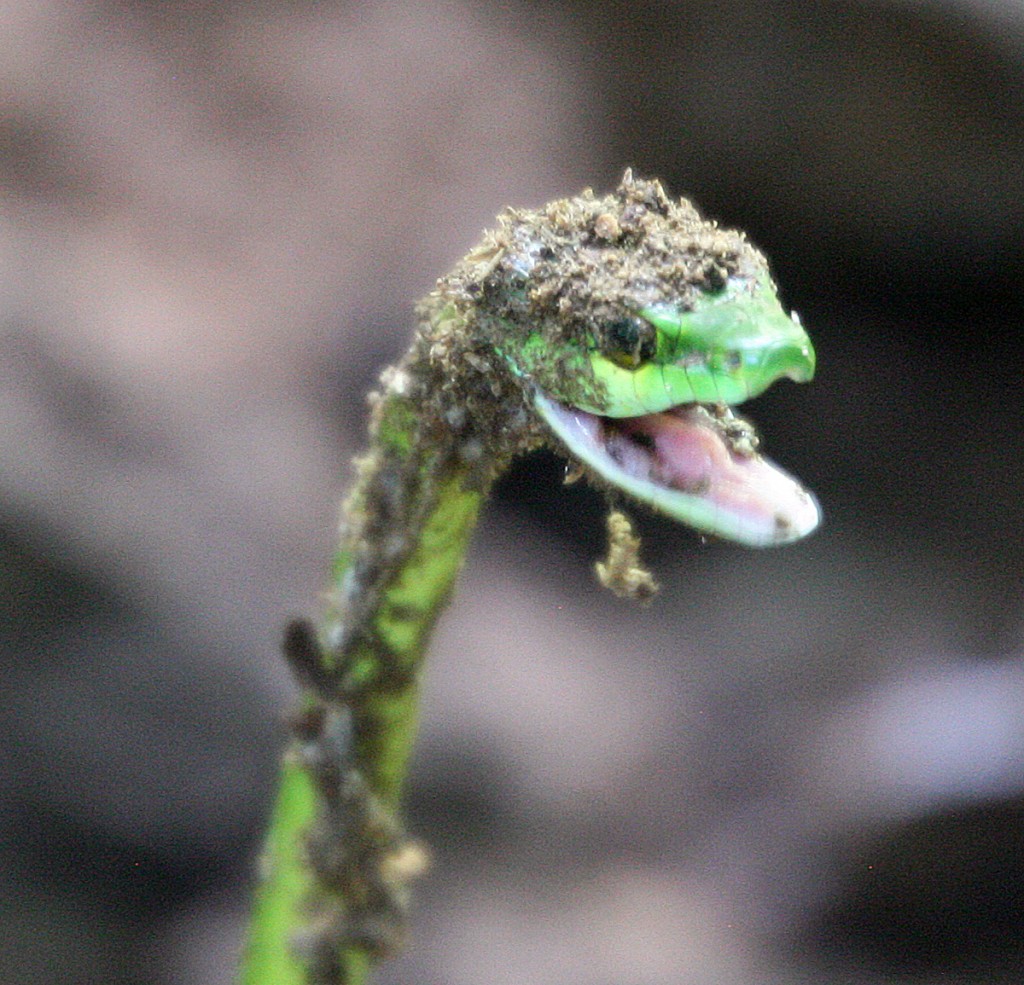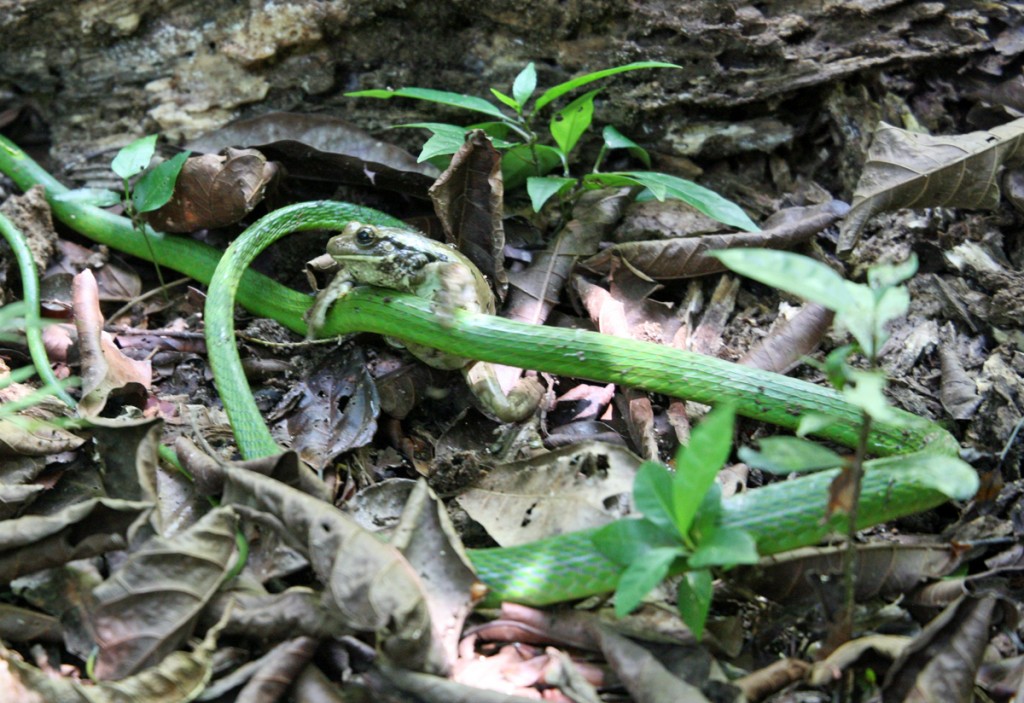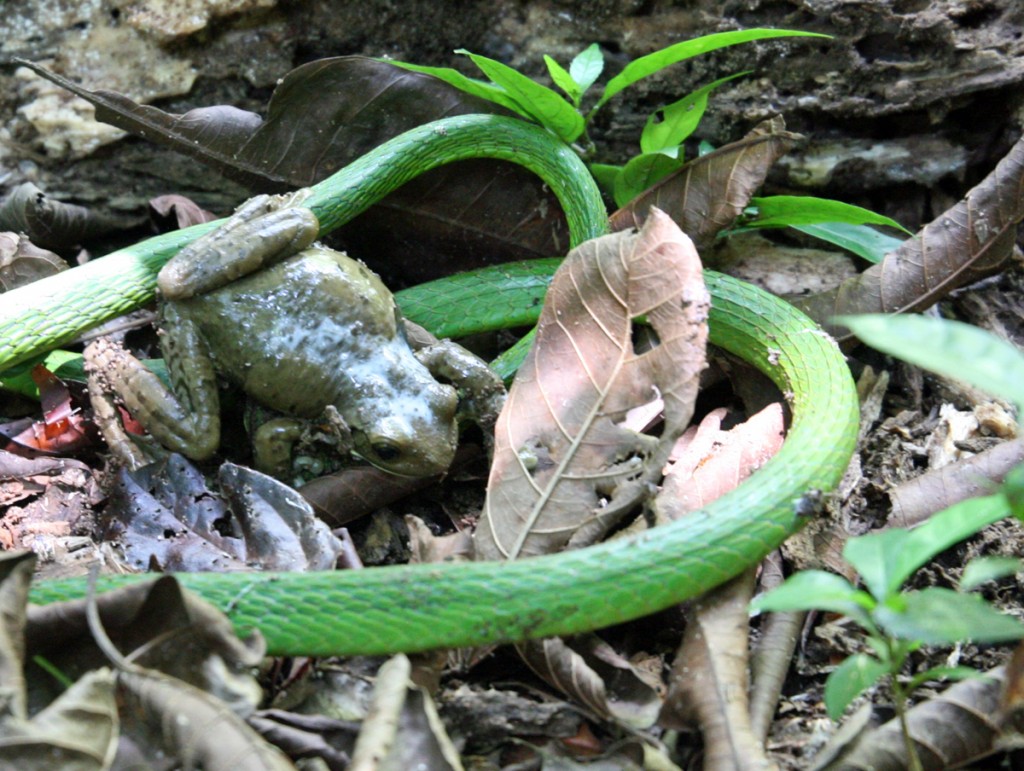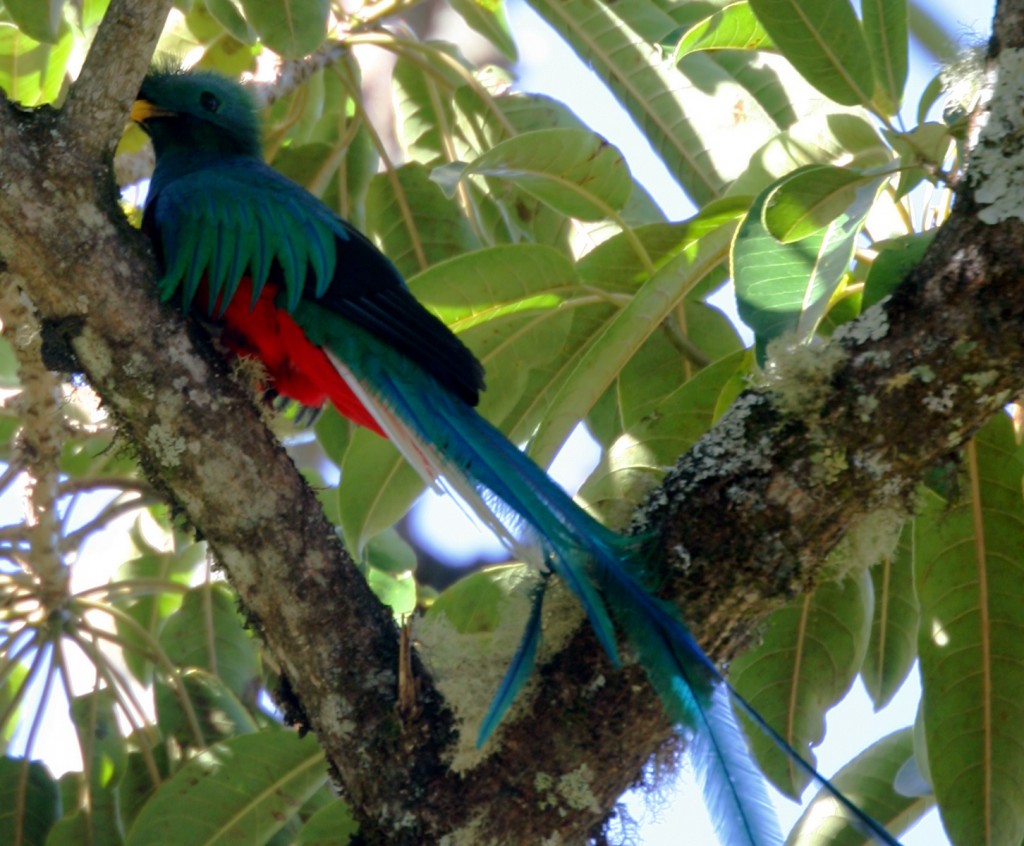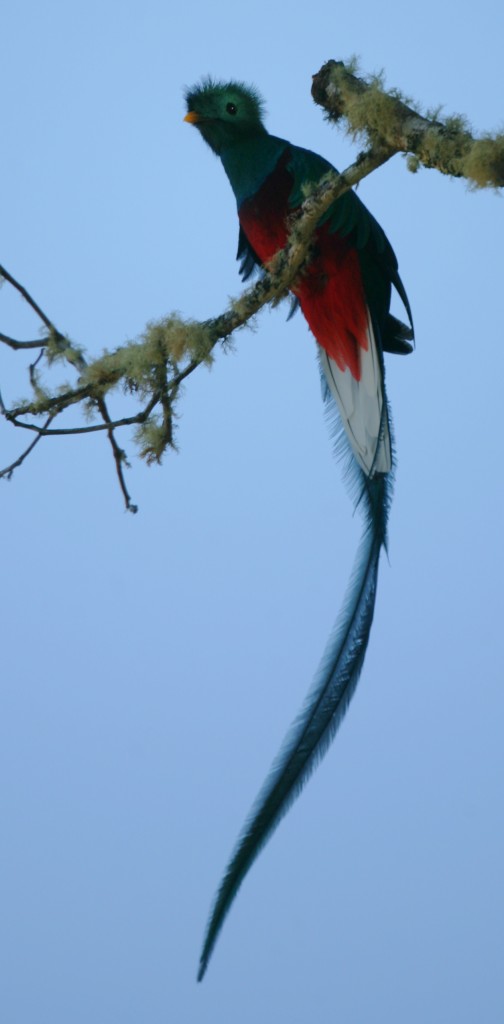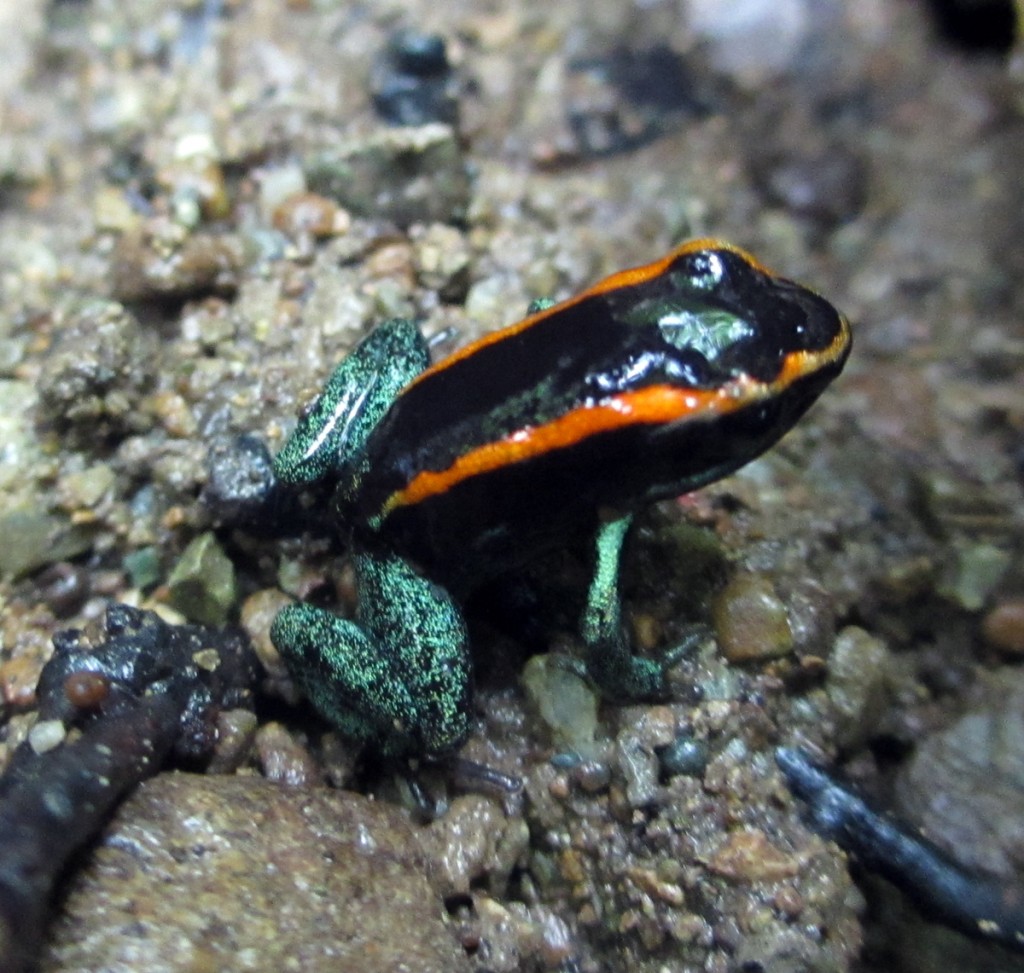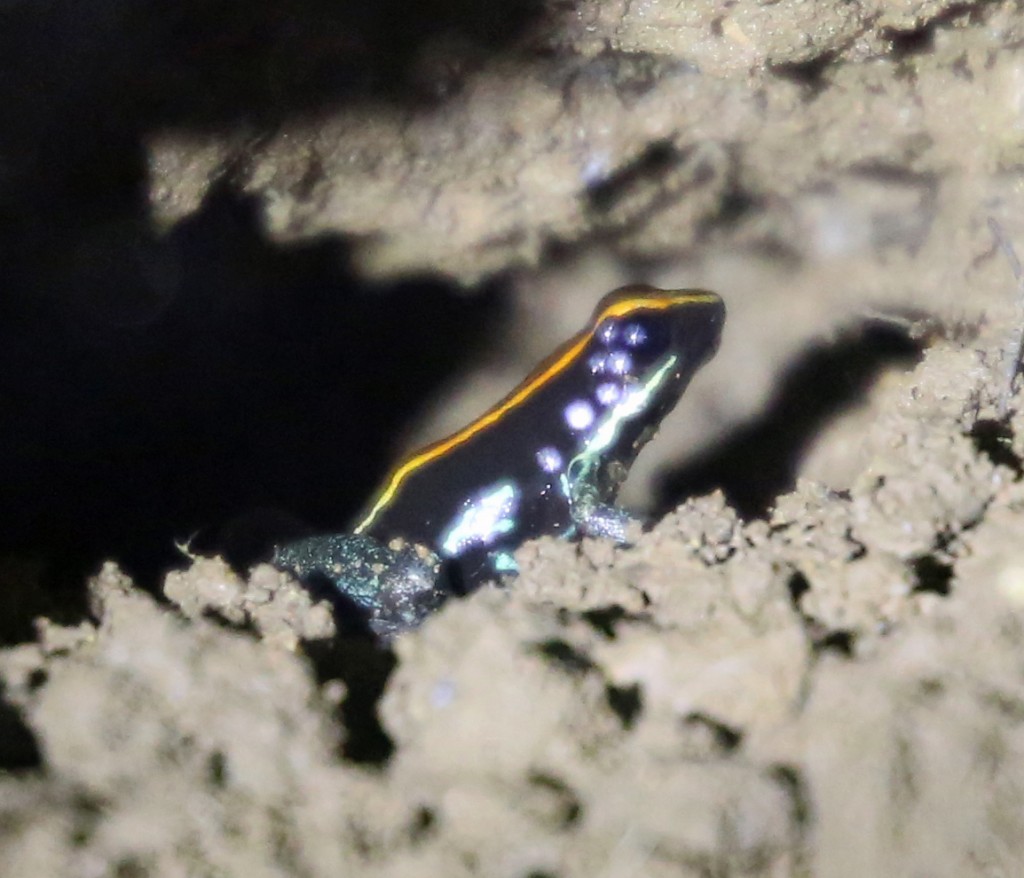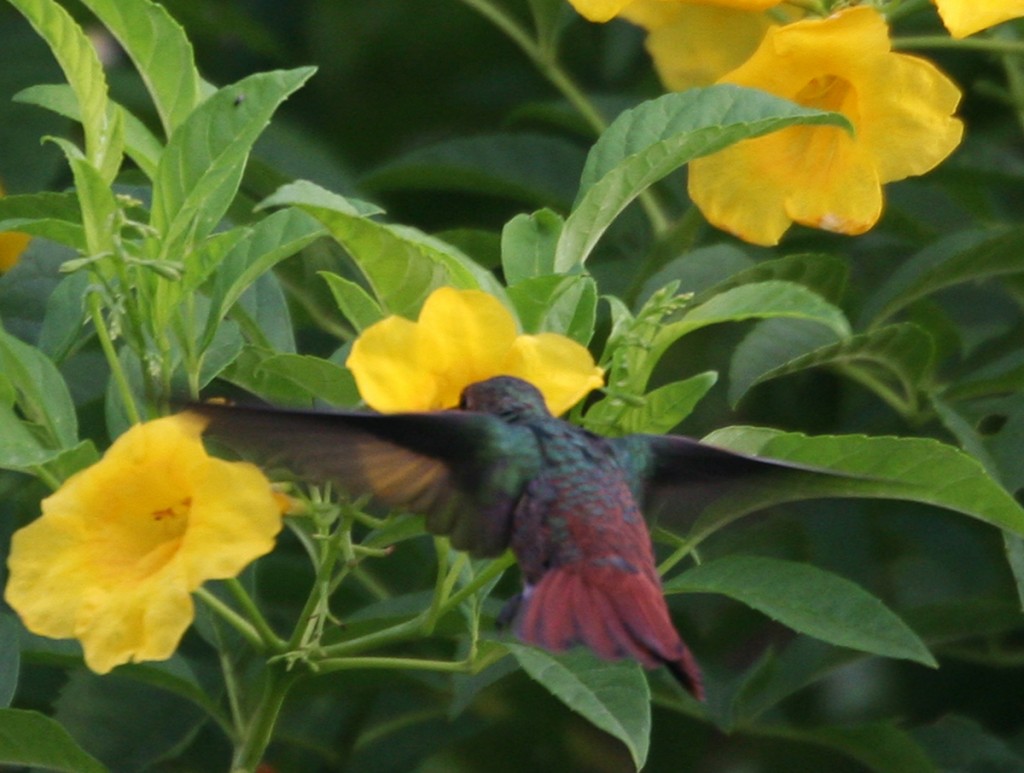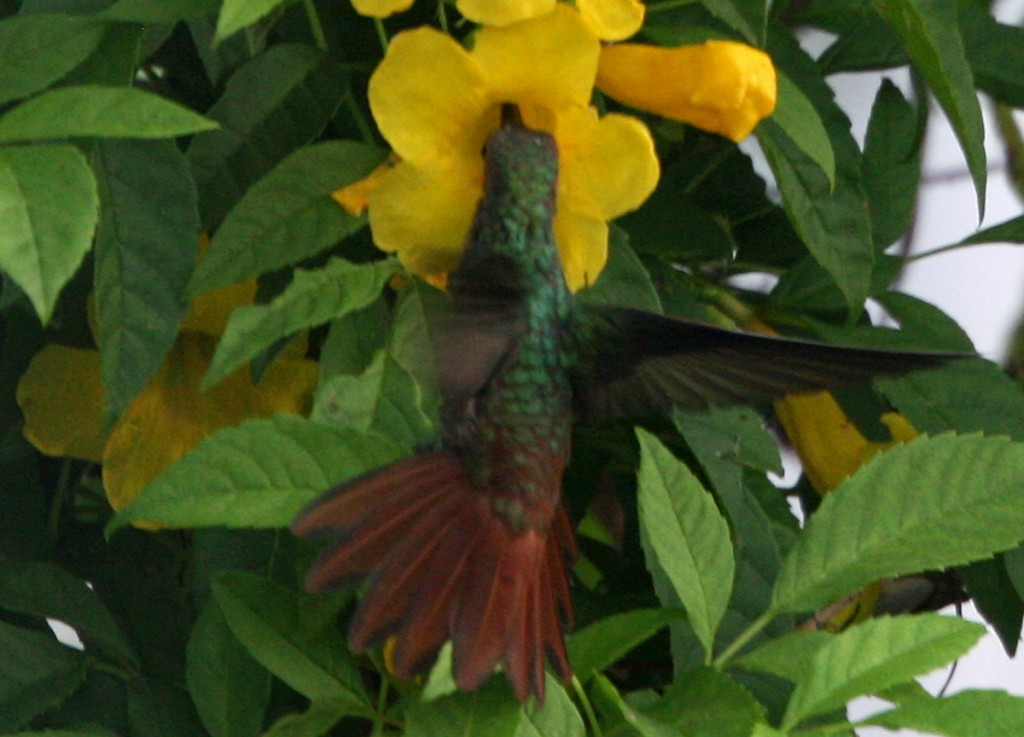I have not seen nearly as many Keel-billed Toucans (Ramphastos sulfuratus) as I have Chestnut-mandibled Toucans (Ramphastos swainsonii), in part because I have traveled most often to the Osa Peninsula, where there are none of the Keel-billed species. So I was delighted when I came across this photo taken in 2004 near Tortuguero. I love this pair’s bright lime beaks touched with orange and red, which compliment the birds’ bright yellow throats so well.
All media is copyright costaricawildlife.net, 2013.
